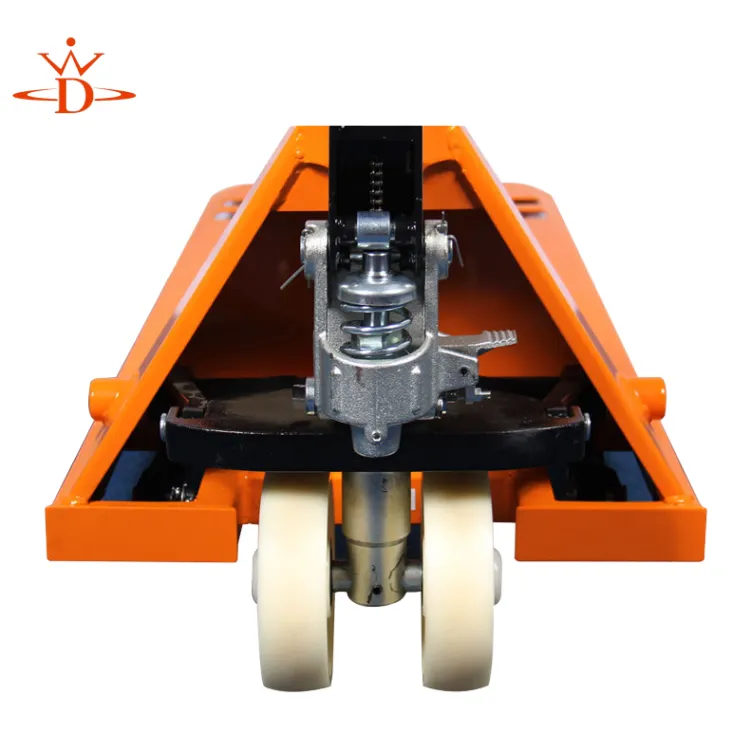Exploring Various Designs and Functions of Gantry Girder Systems
Types of Gantry Girders An In-Depth Overview
Gantry girders are structural frameworks popularly used in various applications such as cranes, building frameworks, and photovoltaic (solar) panel mounts. Their primary function is to support loads, allowing for operational efficiency in a wide array of industrial settings. The design and configuration of gantry girders can vary significantly based on the intended use, load capacity, and environmental conditions. This article explores the different types of gantry girders, their applications, advantages, and considerations in their design.
1. Box Girder
Box girders are one of the most commonly used types of gantry girders. They are characterized by their hollow, rectangular cross-section, which provides excellent strength-to-weight ratios. The enclosed design minimizes wind resistance and is less susceptible to buckling under compression. Box girders are often employed in applications where significant load-bearing capacity is required, such as overhead cranes and bridge structures.
Advantages - High stiffness and strength allow for longer spans without additional support. - The enclosed design offers resistance to environmental factors, making them suitable for outdoor applications.
2. I-Girder
I-girders, named for their I-shaped cross-section, are another popular choice for gantry girders. They consist of a vertical web (the height) and two horizontal flanges (the width), providing good resistance to bending. I-girders are frequently used in road and railway bridges, as well as in industrial scenarios.
Advantages - Simple design that provides good performance for various load conditions. - Efficient in material usage, leading to lower construction costs.
3. T-Girder
T-girders have a T-shaped profile, with a horizontal flange and a vertical web. These are particularly useful in applications where the girder needs to be lighter while still providing structural integrity. T-girders are often found in bridge constructions and are also used in some crane designs.
Advantages - Lightweight construction allows for ease of handling and installation
. - Can effectively resist bending, making them viable for various loading scenarios.4. Truss Girder
types of gantry girder

Truss girders employ a triangulated framework to distribute loads across the structure effectively. The design reduces the amount of material needed without sacrificing strength, making truss girders an economical choice for many construction projects. They are commonly used in long-span applications such as bridges, roofs, and large warehouses.
Advantages - Reduces material costs through efficient structural design. - Capable of spanning larger distances compared to solid girders.
5. Composite Girder
Composite girders combine different materials, typically steel and concrete, to leverage the strengths of each. The result is a structure that can withstand higher loads while reducing overall weight. Composite girders are often used in modern construction projects, including bridges and industrial buildings.
Advantages - Enhanced load-carrying capacity due to the combination of materials. - Resistance to environmental degradation, particularly with the use of treated concrete.
6. Crane Girder
Crane girders are specialized types designed specifically for supporting cranes in industrial settings. They typically have reinforced designs to accommodate the dynamic loads produced during lifting operations. The strength and stability of crane girders are paramount, making them crucial for ensuring workplace safety.
Advantages - Tailored designs capable of handling dynamic loads from crane operations. - Versatile configurations to fit various types of cranes, including overhead and gantry cranes.
Considerations in Gantry Girder Design
When selecting a type of gantry girder, several factors must be considered. These include - Load Requirements Estimating the maximum loads the girder will bear is essential for selecting an appropriate design. - Span The distance between supports significantly influences the girder type. Longer spans may necessitate the use of truss or box girders. - Environmental Conditions Outdoor girders may need treatments to withstand weather conditions such as moisture, temperature fluctuations, and corrosion. - Cost Budget constraints can impact material choices and the overall design complexity.
Conclusion
Gantry girders play a crucial role in modern construction and industrial applications. Understanding the different types available and their specific advantages allows engineers and designers to make informed decisions that enhance safety, efficiency, and cost-effectiveness in their projects. Whether through box, I, T, truss, composite, or crane girders, the right choice greatly impacts the success of any structural endeavor.
-
The Ultimate Guide to Heavy Machinery Moving EquipmentNewsAug.04,2025
-
The Evolution of Large Equipment MoversNewsAug.04,2025
-
Maximizing Efficiency with PML Magnetic Lifters in Industrial OperationsNewsAug.04,2025
-
Choosing the Best Small Gantry CraneNewsAug.04,2025
-
Innovations in Permanent Lifting Magnet TechnologyNewsAug.04,2025
-
How to Maintain Your Adjustable Gantry Crane for LongevityNewsAug.04,2025
-
PML 6 Lifting Magnet Troubleshooting GuideNewsJul.25,2025
